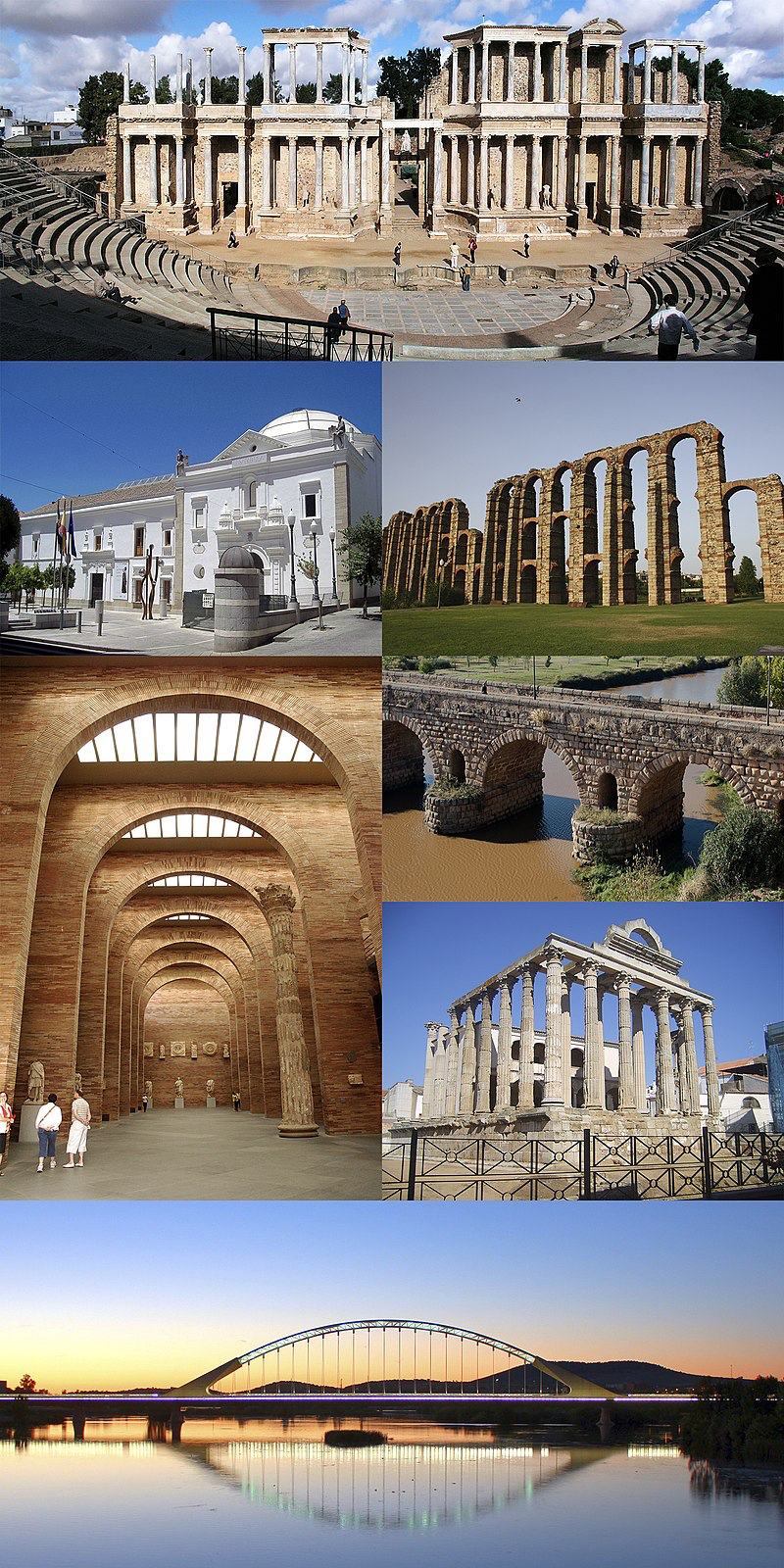
Mérida is the regional capital of Extremadura. Established by the Romans in 25 B.C., Mérida retains an extensive collection of Roman ruins and has a fabulous museum devoted to Roman history. In 1993 it was internationally declared World Heritage Site by UNESCO as an unique sample of Roman splendours.
Come and learn Spanish in Extremadura. South-West of Spain, bordering with Portugal, half way between Madrid and Lisbon, between Salamanca and Seville, Extremadura is an area of great contrasts and is considered one of the most ecological settings in Spain with an unimaginable variety of landscapes and ecosystems. Extremadura is one of the biggest regions in Europe, divided into 2 provinces, Cáceres and Badajoz. Mérida is the regional capital. Cáceres, Mérida and Guadalupe, declared World Heritage Sites by UNESCO, are unique examples of the splendour of the Roman Period and the Middle Ages in Spain, and are just three examples of the wealth of historical and artistic heritage to be enjoyed in Extremadura today.
Extremadura, the great unknown, hides an endless number of treasures to be explored. Extremadura is an appealing destination as an affordable and unspoilt part of Spain, within the reach of most budgets and allowing a unique experience of total cultural immersion and genuine contact with local people.
What to visit
Del paso de los siglos por esta capital tan importante en la historia quedan muestras de enorme interés histórico-artístico. more info
Important Events
Mérida‘s Classic Theater Festival (July – August)
is internationally recognized by the spectacularity of its scenes and the quality of its representations. Since 1933, the Roman Theater of Mérida, Human Heritage, welcomes one of the most important festivals of the European summer
.
Fair (1st week of September)
With thousands of visitors who look for moments of fun and entertainment in their interesting programmes.
Carnivals (February)
They are better year after year, with the consequently regional appeal.